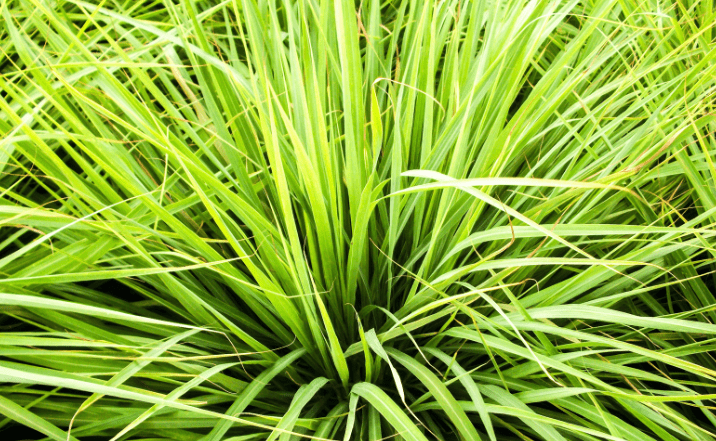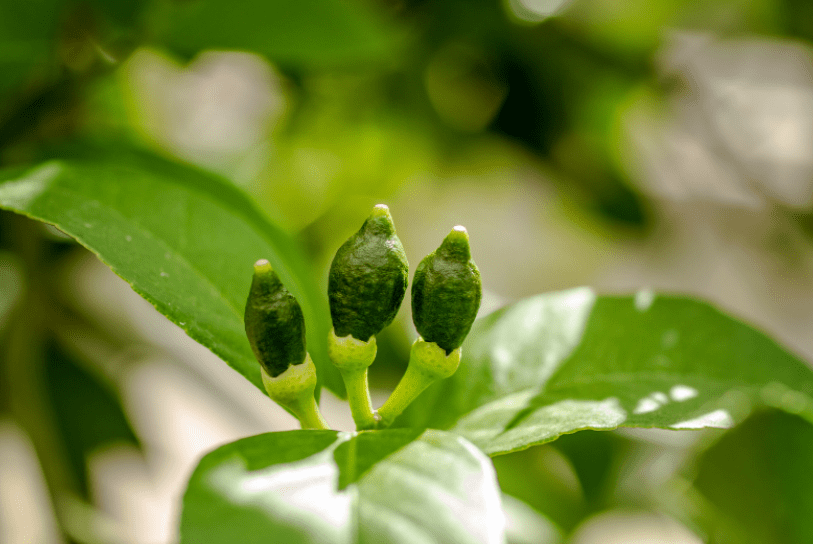Tender, Juicy Meyer Lemon Grows In Demand
There’s no doubt lemons are among the most popular backyard fruit trees. They are productive, but they are also evergreen and very ornamental in flower and fruit.
The challenge of a lemon (and indeed any citrus) is to find just the right spot. Lemons are subtropical plants, but their origin has always been a bit of a mystery.
Recent genetic analysis suggests that all citrus arose from species growing across a region from Assam in India to Myanmar (previously Burma) and eastern Yunnan in China.
Growing Meyer Lemon Tree
To provide the comfort zone lemons need, they must grow in the warmest microclimate available.
The lemon I planted in my garden is growing against the north-facing wall of the garden shed in a spot with maximum sunshine but complete protection from cold winds.
One of the coldest tolerant of lemons is the Meyer Lemon, thought to be a cross between a citron and a mandarin. It has thin skin, few seeds, and lots of juice.
I planted a relatively new dwarf variety of Meyer called Lots a Lemons, which fits nicely into the sheltered spot as it grows just 1.5m high and wide. It fruits year-round, and right now, it has fruit and flowers in midwinter.
The bright lemon-yellow fruit has thin skin and is generally small to medium in size. Lots of Lemons are an ideal choice to grow in a large container.
Keeping warm, many of the problems encountered with growing lemons are to do with exposure to cold, so finding a spot that’s sunny and protected is vital for a happy lemon tree.
Problems With Lemon Tree
Lemons that defoliate (lose their leaves) or have leaves rolling or curving during winter are usually crying out for more shelter.
If the tree is a recent planting, dig it up and put it in a pot with good quality potting mix. Put the pot in the warmest, sheltered spot you have to get out of the frost and away from any cold gusts but still in bright light.
If it recovers, find a sheltered, sunny spot to plant it out in late spring or move it into a large container so it can be moved about to make the most of the warmer seasons.
If digging up an ailing tree isn’t an option, build a temporary screen on its southern and western sides using stakes wrapped with shade cloth or heavy-duty plastic.
It may not look great, but the temporary screen should encourage the lemon to stop shivering and start growing.
Another sign of cold damage is yellowing leaves. Many plants from warmer climates can tolerate our cold winters and springs develop yellow leaves. This is a sign that they can’t take up enough nutrients while it’s cold.
The problem for lemons is often compounded by their desire to keep on flowering and fruiting, which need lots of nutrients taken from stores in the leaves, leaving the leaves yellow and exhausted.
Until conditions warm up, applying citrus fertilizer to the soil isn’t going to reinvigorate the tree instead, water the plant with a liquid fertilizer that can be absorbed via the leaves.
Chelated iron, which can be dissolved and saturated over the plant, can also help to green up yellowing lemon trees, another citrus, and even gardenias (which are also part of the citrus family).
Feed citrus in early spring and again in mid to late summer with complete citrus food. Water well when times are dry.
Citrus naturally drops excess fruits under stress, so don’t panic if you find small fruits on the ground. Thinning the crop may also help another problem with lemons in cold climates, lots of small fruit.
This is often encountered in thin-skinned lemon varieties such as Meyer. The fruit is yellow, juicy, and tangy but tiny. As well as thinning fruit clusters, sheltering the tree from the cold is vital to encourage bigger fruit to form.
Other varieties such Lisbon or Eureka that are cold affected may develop normal-sized fruit but with exceptionally thick pith and little flesh.
These lemons can still be used for juice or to make marmalade and are great for lemon zest.
Trees with lots of thorns and large but inedible fruit are known as rough lemons.
These may be seedlings or plants that have grown from rootstock after the death of the grafted variety. No amount of shelter, fertilizer, or water will improve these lemons.
Why Do My Lemons Stay Green?
Lemon trees require plenty of sunlight in a well-protected environment with adequate moisture.
The tree, like all citrus, should be pruned to allow sunlight to penetrate and proper air circulation, as well as to maintain shape and make lemon harvesting easier.
The tree should be fed regularly with an all-purpose soluble food (18-18-18). If you’ve done all of this and are still wondering, “Why do my lemons stay green?” keep reading.
Citrus trees do not ripen in the same way that rock fruits, apples, and pears do. They mature and sweeten gradually; the fruit can take up to nine months to ripen.
Once mature, the fruit can be left on the tree for a few weeks, but it will not ripen further.
To begin with, the lemons may not be turning yellow because they have not ripened sufficiently on the tree. If this is the case, then perseverance is required.
If you have crossed this factor off your list, cultural factors such as insufficient light or adverse weather conditions may cause lemons to remain green.
In fact, the most common reason for citrus fruit to fail to ripen is a lack of sunlight. The tree may be overshadowed, or the trees may be planted too close together.
Weather conditions influence lemon tree fruiting and contribute to slow ripening. Irrigation will have an impact on how the lemon tree fruits and matures.
Drought stresses the tree, resulting in juiceless fruit or fruit that splits or fails to ripen. All citrus trees require regular, even watering.
This can vary depending on the temperature, the season, the soil, and whether the tree is grown in a pot or in the garden.
Citrus trees (depending on size) may require up to 37 gallons (140 L.) of water per day in extremely hot, dry weather!
Finally, diseases may play a role in lemons that refuse to yellow. However, if an infection afflicts the tree, there will be other visible signs of distress than just a lack of yellow fruit.
Stressed trees are more susceptible to disease, so maintaining a consistent watering schedule is critical.
Finally, dyes are sometimes used by commercial citrus growers to enhance the color of the fruit.
In the home garden, the yellow color does not predict ripeness; the fruit may be ripe even if it appears green.
One of the best ways to check ripeness is to taste the fruit for sweetness and juiciness.
How About Lemon Grass?

Lemon grass is a delicate perennial plant with a mild melony fragrance and a lemon-citrus flavor.
Although the stalks are too hard to eat, they can be chopped and pounded to add flavor to fish or poultry sauces and stir fry.
Lemon grass has grass-like gray-green leaves that are long and thin, with a spring onion-like base.
It may reach a height of six feet in ideal conditions.
The bush aroma-emitting plant, known locally as ekisubi (grass for tea), was primarily grown for domestic use in the past.
However, a growing number of farmers have recently begun growing it on a commercial scale.
Lemon grass can also be incorporated into the diet in a variety of ways. Many people use lemon grass oil to flavor their food.
Lemon grass’s Advantages
Lemon grass, according to stories, cures coughs, colds, and fevers.
Lemon grass has antibacterial and antifungal properties, according to research.
When combined with pepper, it can be used as a home remedy for menstrual cramps and nausea.
Also, lemon grass is a good cleanser that aids in the detoxification of the liver, pancreas, kidney, bladder, and digestive tract.
It reduces uric acid, cholesterol, excess fats, and other toxins in the body while also stimulating digestion, blood circulation, and lactation.
Lemon grass is also said to help improve the skin by reducing acne and pimples and acting as a muscle and tissue toner.
It may also help to lower blood pressure.
Making your own cough medicine
- Boil some lemon grass strands, two or three cloves, a small piece of cinnamon stick, and turmeric powder in milk or water.
- Drain and allow to cool.
To fight a cough and a cold, drink the mixture
Versatile
- Lemon grass can be grown in almost any type of soil in the United States.
- It is ready for harvesting eight months after planting.
You must only harvest it during the dry season because the aroma becomes diluted during the wet season.
Lemon grass tea is sold in major retailers around the world.
So, are there any obstacles?
“The biggest challenge is dealing with counterfeiters of this product.”



























